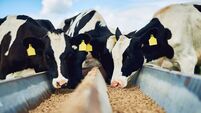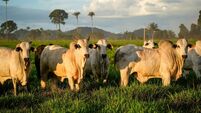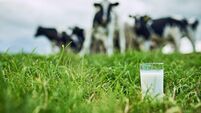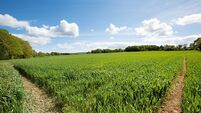Making weaning in the suckler herd low stress

Grass quality is currently excellent, and with dry matter 21-23%, grass intakes are good in beef and dairy herds as a result.
The harvest is more or less done for 2025. Conditions have been excellent for harvesting and saving straw. The recent weather has also created excellent grass-growing conditions, which were so badly needed after the dry spell.
Grass quality is currently excellent, and with dry matter 21-23%, grass intakes are good in beef and dairy herds as a result. As will always happen, as we edge closer to September, growth will slow down, and dry matters may drop as the days get shorter.











